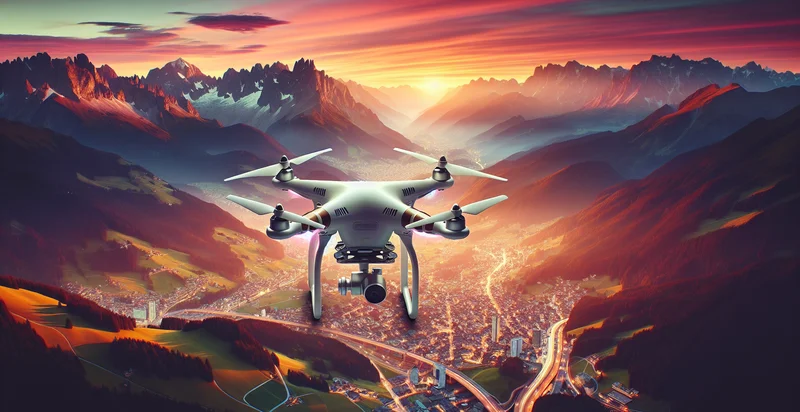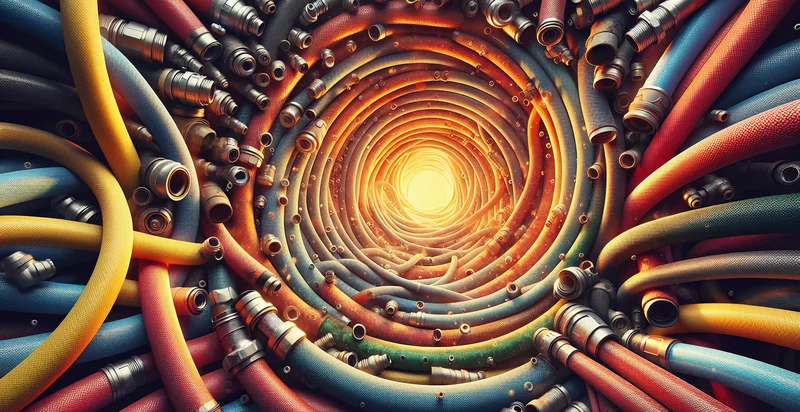Identify monitor conditions
using AI
Below is a free classifier to identify monitor conditions. Just upload your image, and our AI will predict the current environmental conditions in various locations - in just seconds.

Contact us for API access
Or, use Nyckel to build highly-accurate custom classifiers in just minutes. No PhD required.
Get started
import nyckel
credentials = nyckel.Credentials("YOUR_CLIENT_ID", "YOUR_CLIENT_SECRET")
nyckel.invoke("monitor-conditions", "your_image_url", credentials)
fetch('https://www.nyckel.com/v1/functions/monitor-conditions/invoke', {
method: 'POST',
headers: {
'Authorization': 'Bearer ' + 'YOUR_BEARER_TOKEN',
'Content-Type': 'application/json',
},
body: JSON.stringify(
{"data": "your_image_url"}
)
})
.then(response => response.json())
.then(data => console.log(data));
curl -X POST \
-H "Content-Type: application/json" \
-H "Authorization: Bearer YOUR_BEARER_TOKEN" \
-d '{"data": "your_image_url"}' \
https://www.nyckel.com/v1/functions/monitor-conditions/invoke
How this classifier works
To start, upload your image. Our AI tool will then predict the current environmental conditions in various locations.
This pretrained image model uses a Nyckel-created dataset and has 5 labels, including Excellent Condition, Fair Condition, Good Condition, Poor Condition and Very Poor Condition.
We'll also show a confidence score (the higher the number, the more confident the AI model is around the current environmental conditions in various locations).
Whether you're just curious or building monitor conditions detection into your application, we hope our classifier proves helpful.
Related Classifiers
Need to identify monitor conditions at scale?
Get API or Zapier access to this classifier for free. It's perfect for:
- Agricultural Monitoring: The function can be utilized to remotely monitor crop health by distinguishing between healthy plants and weeds or pests. By analyzing images from drones or satellite feeds, farmers can optimize their use of resources and improve yield.
- Infrastructure Inspection: This function can assist in the identification of structural anomalies in buildings or bridges by evaluating images taken from inspection drones. It helps engineers and maintenance teams to swiftly concentrate on areas needing attention, ensuring infrastructure safety.
- Wildlife Conservation: Conservationists can employ this classification function to analyze images from camera traps to differentiate between endangered species and common intruders. By accurately identifying species presence, conservation efforts can be more effectively directed.
- Retail Store Monitoring: Retailers can use the function to ensure store layout compliance by identifying discrepancies in product placement through periodic image captures. It promotes consistency across locations and enhances customer experience by maintaining optimal displays.
- Disaster Response: Emergency responders can apply this function to quickly assess aerial imagery after a natural disaster to identify damaged structures and areas of interest. Fast and accurate identification aids in optimizing resource allocation and rescue operations.
- Health and Safety Compliance: Companies can use this function to monitor workplace safety conditions by analyzing images for signs of unsafe practices, such as improper personal protective equipment usage. It promotes a safer work environment by enabling timely intervention.
- Traffic and Urban Monitoring: Urban planners can implement this function to analyze traffic conditions and identify congestion points from surveillance images. Such insights support better traffic management and help inform infrastructure development strategies.


